Small towns across America have stories to tell. Some faced economic collapse when industries left, populations dwindled, and main streets became ghost corridors.
Others simply got passed by as the world moved faster around them. But here’s the thing about American resilience—it has a way of surprising you when you least expect it. Here is a list of 20 forgotten towns that refused to stay down, each finding their unique path back to relevance and vitality.
Marfa, Texas

This tiny desert town was practically invisible until artists discovered its wide-open spaces and cheap rent in the 1970s. Now, Marfa draws visitors from around the world who come for cutting-edge art installations and the famous mysterious lights that dance across the desert horizon at night.
What started as an artist colony has become a cultural destination that somehow maintains its quirky, authentic character.
Beacon, New York

Just 60 miles north of Manhattan, Beacon was a struggling industrial town until the massive Dia: Beacon art museum opened in 2003. The museum transformed an old Nabisco box-printing factory into one of the world’s premier contemporary art spaces.
Now the town buzzes with galleries, farm-to-table restaurants, and weekend visitors taking the scenic train ride up the Hudson River.
Like Travel Pug’s content? Follow us on MSN.
Paducah, Kentucky

The American Quilter’s Society put this Ohio River town back on the map when it moved its headquarters and annual show here in the 1990s. Paducah embraced its textile heritage and launched an artist relocation program, offering incentives for creative professionals to move downtown.
The strategy worked like a charm, turning empty storefronts into studios and galleries while preserving the town’s historic riverfront character.
Berlin, New Hampshire
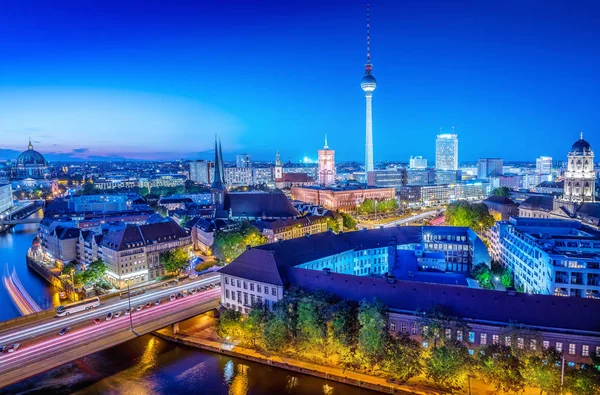
When the paper mills closed, Berlin looked finished. The population dropped by half, and Main Street felt like a movie set for a post-apocalyptic film. But then something interesting happened—outdoor enthusiasts discovered the pristine wilderness practically in the town’s backyard.
Mountain biking, hiking, and winter sports brought new life, and now Berlin markets itself as the gateway to the White Mountains.
Bisbee, Arizona

This former copper mining town nearly became a ghost town when the mines closed in the 1970s. Artists and retirees began buying up Victorian houses for practically nothing, attracted by the mile-high elevation and funky architecture built into hillsides.
Today, Bisbee thrives as an arts community where former mining buildings house galleries, and the old company store has become a beloved bookstore.
Like Travel Pug’s content? Follow us on MSN.
Phoenixville, Pennsylvania
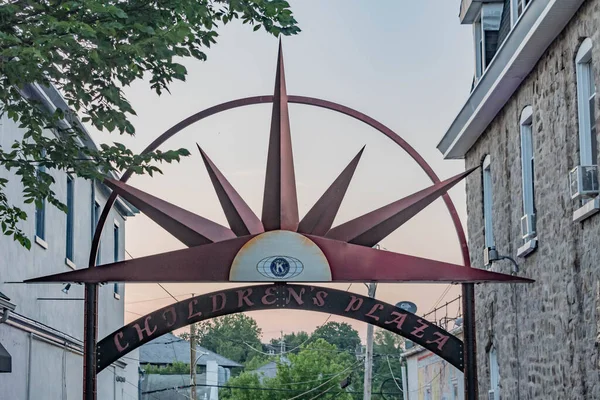
Steel production built this town, and its decline nearly killed it. But Phoenixville found new life by embracing its role in pop culture history—it’s where the famous movie theater scene in ‘The Blob’ was filmed.
The town parlayed that connection into a thriving downtown district with breweries, restaurants, and an annual Blobfest that draws thousands of B-movie fans.
Brattleboro, Vermont

When manufacturing left in the 1980s, Brattleboro could have joined the ranks of forgotten New England mill towns. Instead, it reinvented itself as a haven for organic farming, independent bookstores, and alternative culture.
The town’s location near several colleges helped fuel a renaissance of local food, crafts, and progressive politics that attract young families and creative professionals.
Red Lodge, Montana

This coal mining town at the foot of the Beartooth Mountains was heading toward extinction when the mines closed. Then Red Lodge discovered it had something even more valuable than coal—spectacular mountain scenery and world-class winter sports.
The town transformed itself into a year-round recreation destination, with skiing in winter and hiking the famous Beartooth Highway in summer.
Like Travel Pug’s content? Follow us on MSN.
Astoria, Oregon

The decline of the logging and fishing industries left this Columbia River port town struggling for decades. Astoria’s turnaround began when filmmakers discovered its dramatic coastal setting and Victorian architecture.
Movies like ‘The Goonies’ and ‘Short Circuit’ brought attention, and now tourism, craft brewing, and a growing arts scene have breathed new life into the historic waterfront.
Eureka Springs, Arkansas
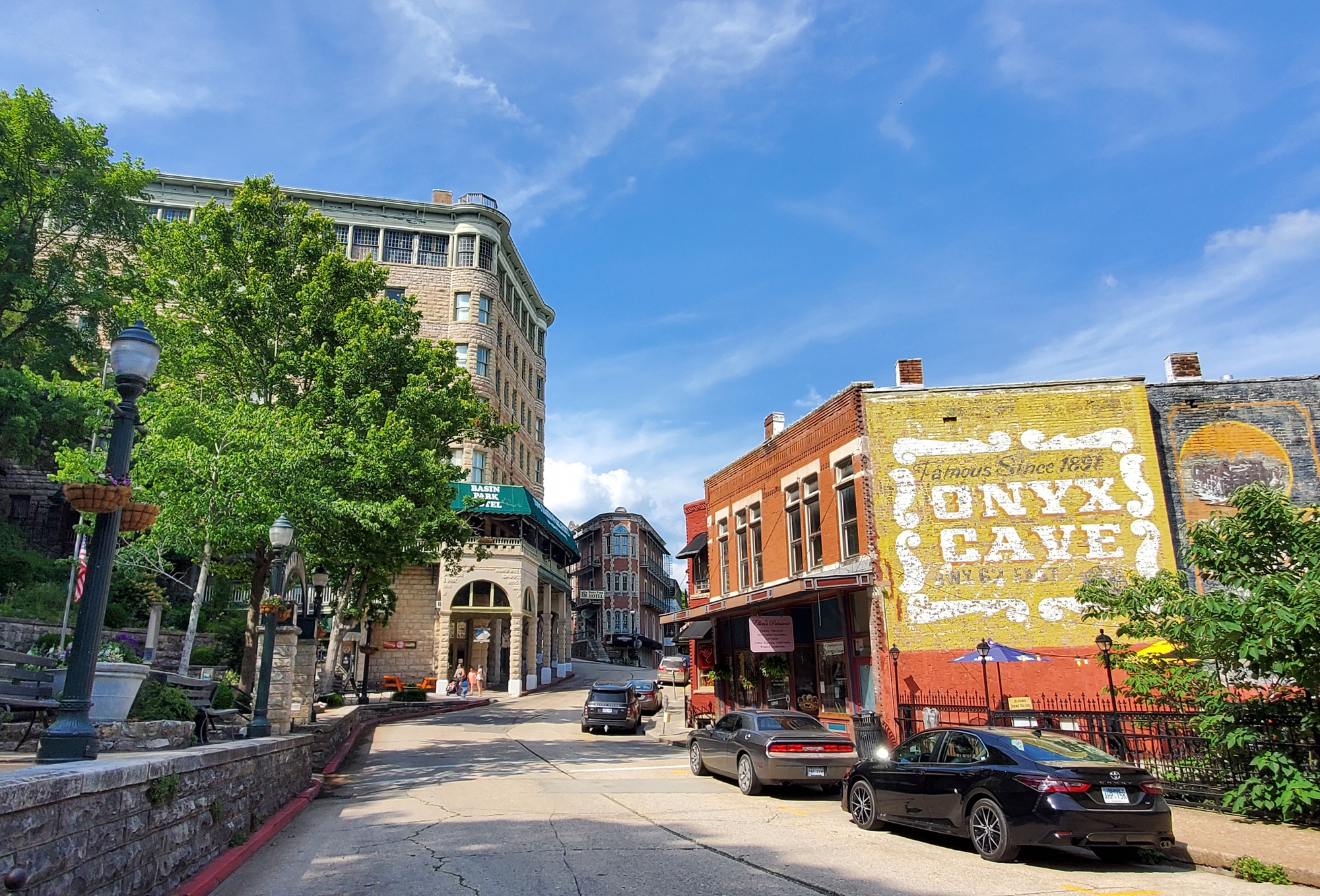
This Victorian resort town in the Ozark Mountains was nearly forgotten until the LGBTQ+ community embraced it as a welcoming destination in the South. The town’s elaborate gingerbread architecture and natural springs attracted visitors looking for both history and acceptance.
Today, Eureka Springs thrives on tourism, wedding destinations, and a reputation for tolerance that’s rare in rural Arkansas.
Talkeetna, Alaska
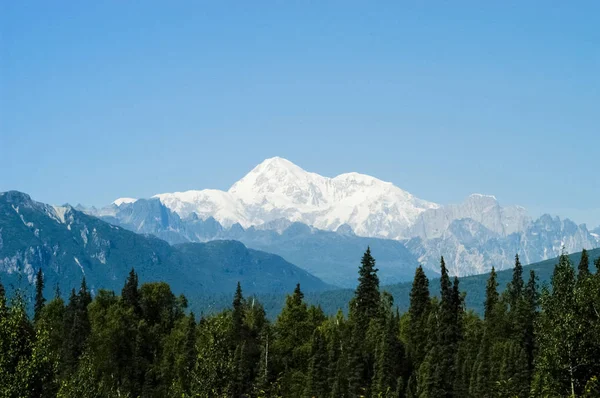
Most people had never heard of this tiny town until climbers made it their base camp for Mount McKinley expeditions. Talkeetna played up its role as the gateway to Denali National Park, developing a quirky frontier personality complete with a cat for a mayor.
The town’s authentic Alaskan character and spectacular mountain views now attract visitors from around the globe.
Like Travel Pug’s content? Follow us on MSN.
Nederland, Colorado

This former mining town in the Rocky Mountains was barely hanging on until the counterculture movement of the 1960s discovered its cheap housing and stunning alpine setting. Nederland embraced its bohemian identity, hosting music festivals and celebrating its reputation as Colorado’s most eccentric mountain town.
The combination of outdoor recreation and alternative culture has kept it thriving ever since.
Port Townsend, Washington

Once a booming seaport destined to become the ‘New York of the West,’ Port Townsend became a sleepy backwater when the railroad bypassed it. The town’s Victorian architecture remained frozen in time, which eventually became its salvation.
Today, Port Townsend attracts visitors with its maritime heritage, arts festivals, and some of the best-preserved 19th-century buildings on the West Coast.
Thermopolis, Wyoming

With a population under 3,000, Thermopolis seemed destined for obscurity until someone realized they were sitting on the world’s largest mineral hot springs. The town developed its thermal resources into a major tourist attraction, complete with water parks and therapeutic spas.
Now, visitors drive hundreds of miles to soak in the healing waters that put this tiny Wyoming town back on the map.
Like Travel Pug’s content? Follow us on MSN.
Joseph, Oregon
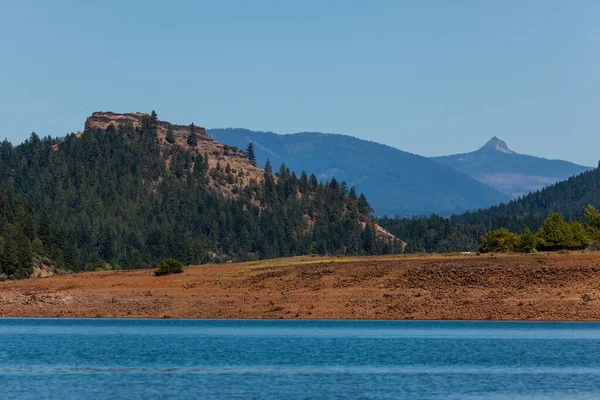
This remote town in the Wallowa Mountains was withering away until bronze artists discovered the area’s Old West charm and established foundries here. Joseph reinvented itself as a center for Western art, hosting sculpture symposiums and gallery walks that draw collectors from across the country.
The town’s authentic frontier setting provides the perfect backdrop for celebrating cowboy culture and craftsmanship.
Lewisburg, West Virginia
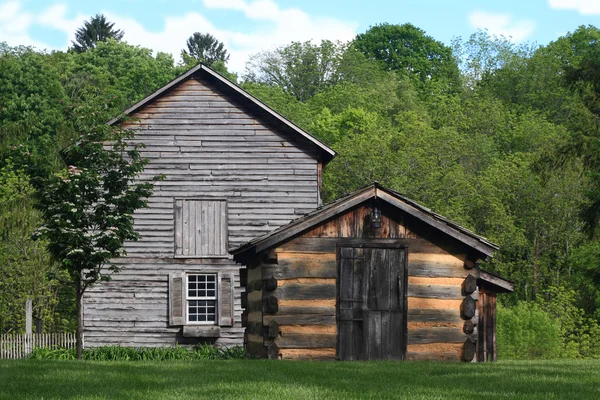
When the local college was the only thing keeping this small Appalachian town alive, Lewisburg decided to bet everything on historic preservation and cultural tourism. The strategy paid off spectacularly—the entire downtown was designated a National Historic District, and now Lewisburg hosts theater festivals, antique shows, and farm-to-table dining that attracts visitors from across the region.
Madison, Indiana
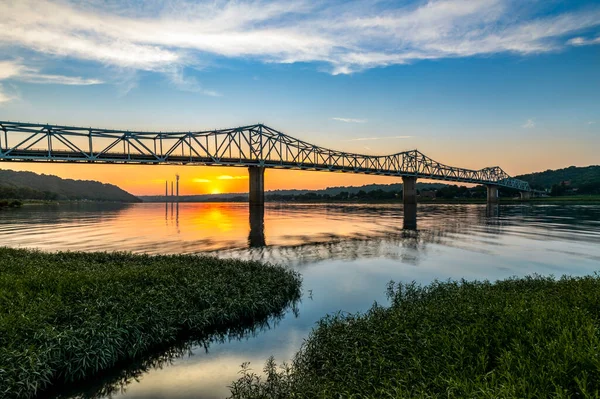
Perched on bluffs overlooking the Ohio River, Madison was once a thriving port town that fell into decline when river traffic decreased. The town’s remarkable collection of 19th-century architecture became its ticket back to prosperity.
Madison now markets itself as one of America’s best-preserved river towns, hosting historic home tours and antique festivals that celebrate its golden age.
Like Travel Pug’s content? Follow us on MSN.
Calistoga, California
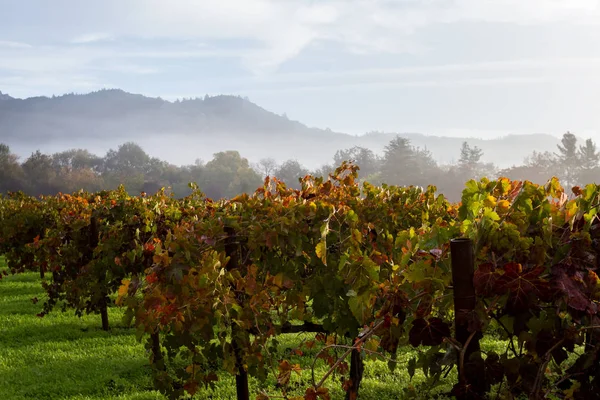
Flashier wine destinations overshadowed this Napa Valley town until someone remembered it had natural hot springs and geothermal features that attracted visitors in the 1800s. Calistoga redeveloped its spa industry while maintaining its laid-back, unpretentious character.
Now it offers a more relaxed alternative to Napa’s sometimes overwhelming wine scene, attracting visitors who want luxury without the attitude.
Galena, Illinois
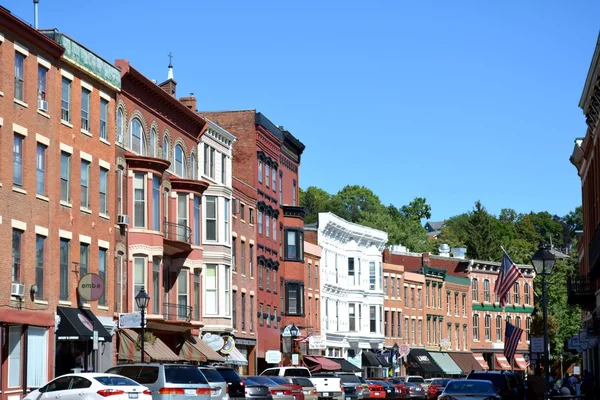
Lead mining made Galena wealthy in the 1800s, but when the ore ran out, the town nearly disappeared. Its salvation came from an unexpected source—historic preservation enthusiasts who recognized the value of its intact 19th-century streetscapes.
Today, Galena thrives as a weekend getaway destination, offering visitors the chance to experience authentic Victorian-era architecture and small-town charm just hours from Chicago.
Jim Thorpe, Pennsylvania
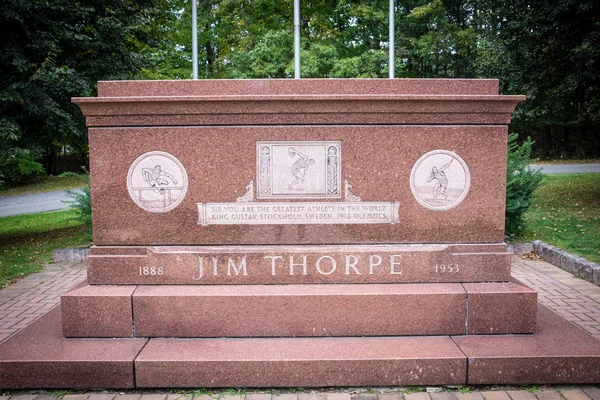
Originally called Mauch Chunk, this former coal town struggled until it merged with another community and was renamed after the famous Olympic athlete. The town played up its Victorian architecture and location in the Pocono Mountains to become a tourist destination.
Now, Jim Thorpe attracts visitors with white-water rafting, fall foliage tours, and ghost walks through its historic districts.
Like Travel Pug’s content? Follow us on MSN.
The American Spirit Lives On
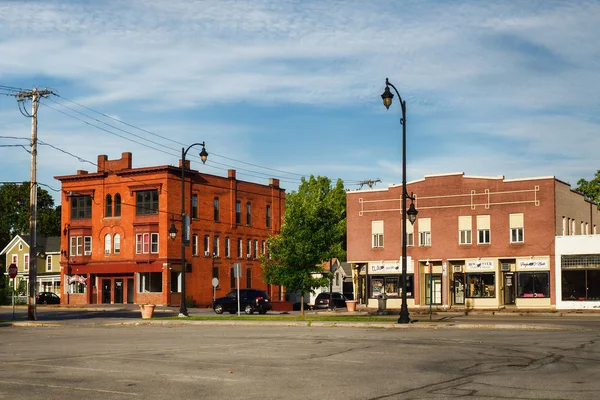
These towns prove that decline doesn’t have to mean defeat. Each found something unique about their location, history, or character that could attract new residents and visitors.
Some leveraged natural beauty, others embraced arts and culture, and many simply refused to let go of what made them special in the first place. Their comebacks remind us that in America, reinvention is always possible when communities are willing to adapt while honoring their authentic selves.
More from Travel Pug

- 20 Best Beach Towns in the Carolinas
- 13 Destinations Where Tourists Regularly Regret Their Trip
- 20 Destinations That Are More Magical Without an Itinerary
- 20 Underrated Adventures That Belong on Your Travel List
- 20 Cities Where You Should Just Wing It, No Planning Required
Like Travel Pug’s content? Follow us on MSN.N.
